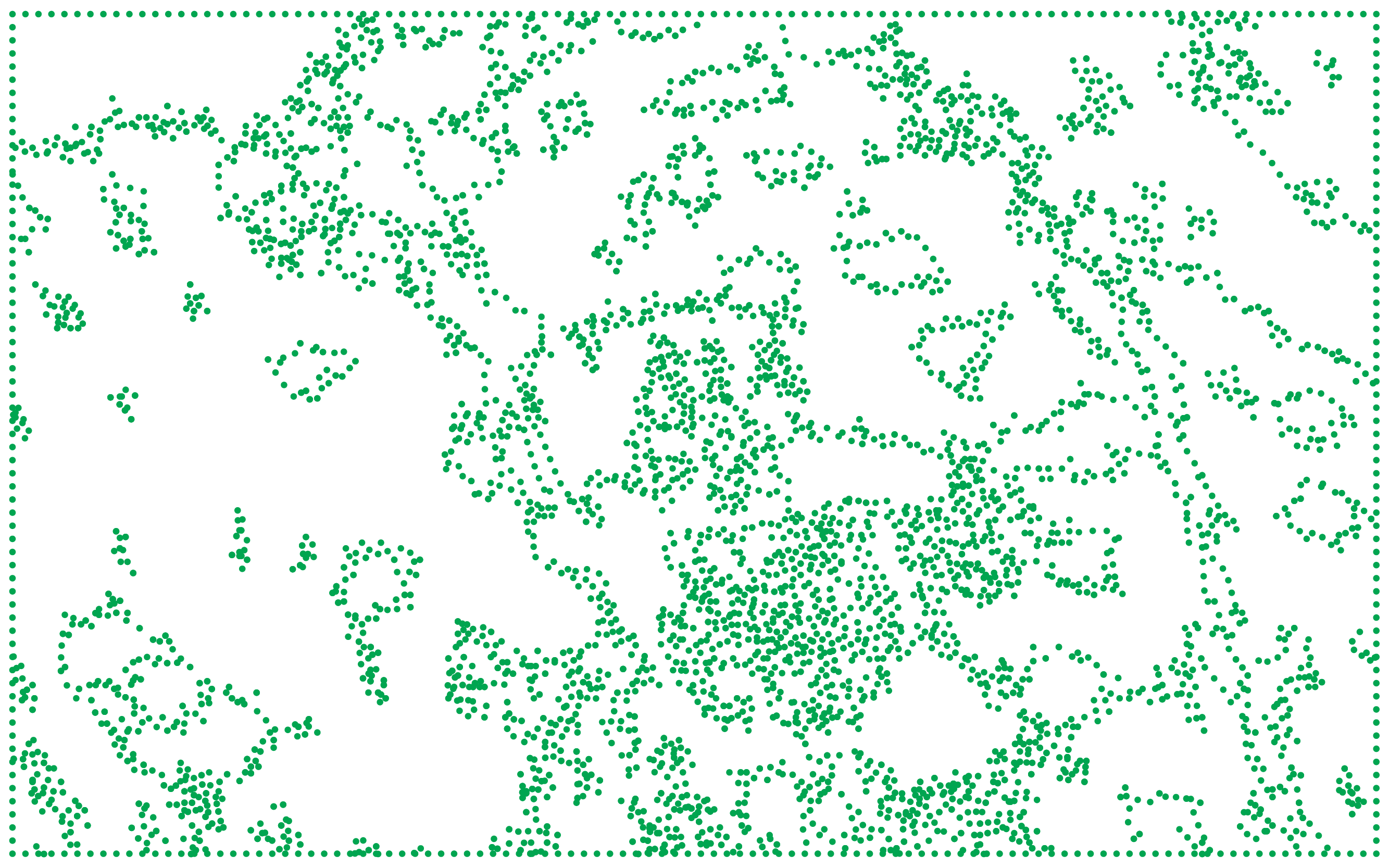
Between an Ice Road and a Ring of Fire
The Ring of Fire development is a social and environmental calamity dressed up as economic necessity—and a continuation of Canada's long colonial history.
Beneath cloudy skies, a fire crackles in a metal bowl at Samuel McKay’s feet. In his hands is a thick stack of paper, a dense government report on the impact of building an all-season road connecting his remote town, Kitchenuhmaykoosib Inninuwug (K.I.), with the rest of Ontario, Canada.
He rips out pages and tosses them into the fire.
Like dozens of First Nations[1] communities across northern Ontario, K.I. relies on winter roads—highways made of ice and snow, at least a metre thick, meticulously engineered each year. These roads, which only solidify once temperatures fall low enough, are vital gateways for communities across Canada’s northernmost regions. Otherwise stranded by frozen wilderness and sweeping bodies of water, the structures act like arteries connecting scattered “fly in” communities, towns and villages so off the grid they’re otherwise only accessible by air. Transporting goods by plane isn’t always possible given both weight restrictions and the hefty cost—up to five times more than shipping by land—and with nearly half of all First Nations classified as low-income, the ice roads are crucial for the transportation of food, fuel, machinery and even pre-built homes during the fleeting moment between the seasons.
Yet as K.I.’s Chief, Donny Morris, explained, “things are not like the way they used to [be]. Spring thaw just really goes fast.” As the climate changes, the already-short winter road window has become ever shorter, in some cases down from months to just a few days. And with the 8,000 km of roads melting earlier each year, the 56,000 people across the 53 Indigenous communities they serve are stranded for longer. As a result, First Nations communities are increasingly requesting the construction of new all-season roads to ease the burden of fitting a year’s worth of resource planning into one brief blip.
Many of these communities also sit atop the so-called “Ring of Fire”, a 5,000 square kilometre region in Northern Ontario so-called after a mining explorer—and Johnny Cash fan—discovered the crescent-shaped, mineral-rich region in 2007. It could turn out to be one of the world’s biggest untapped reserves of minerals essential for electric vehicles, among other uses, including nickel, copper, chromite and cobalt. The mining industry has been frothing at the mouth since the deposits were uncovered, while successive provincial and federal governments have pushed to begin development of the area, so far to no avail.
One reason for this is the lack of permanent roads. Another is that the First Nations communities living on the land want a proper assessment of the impacts that exploration might imply.
